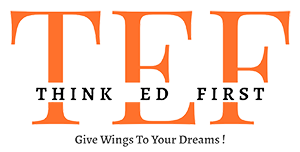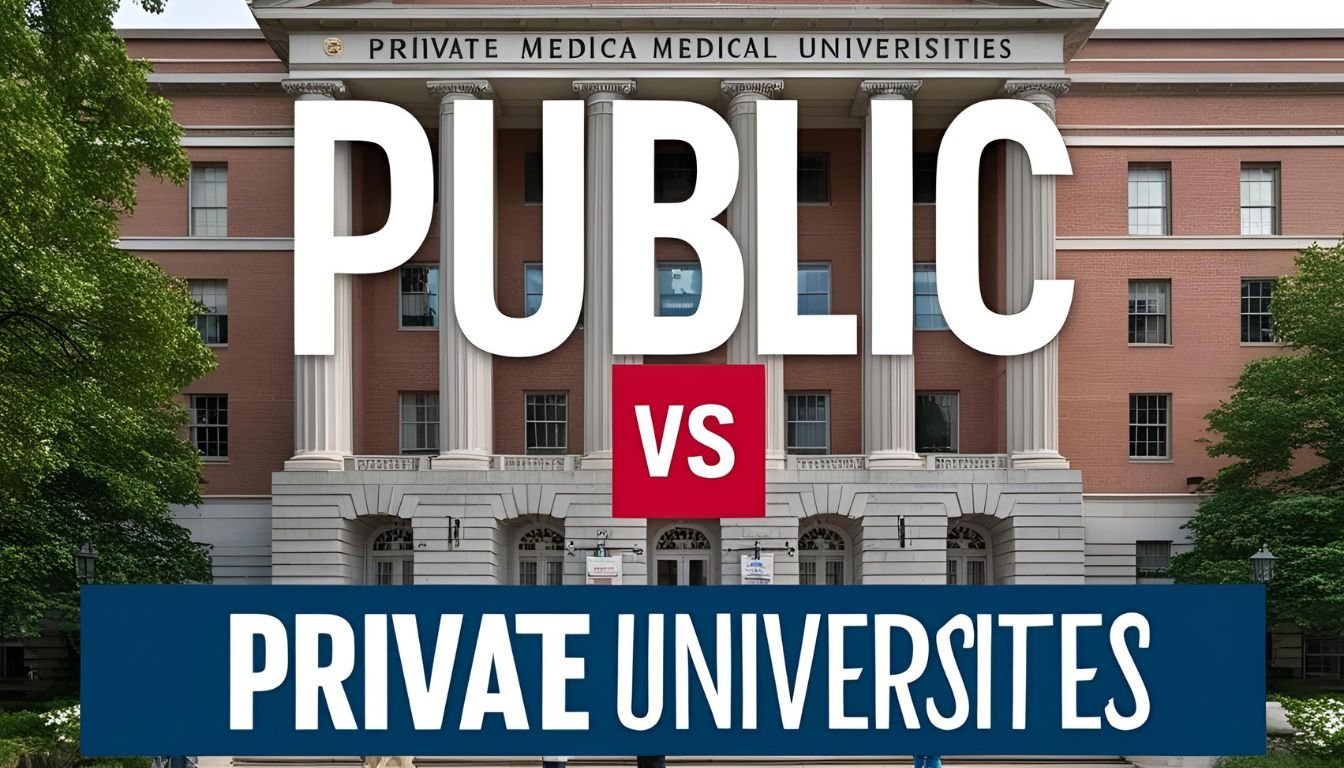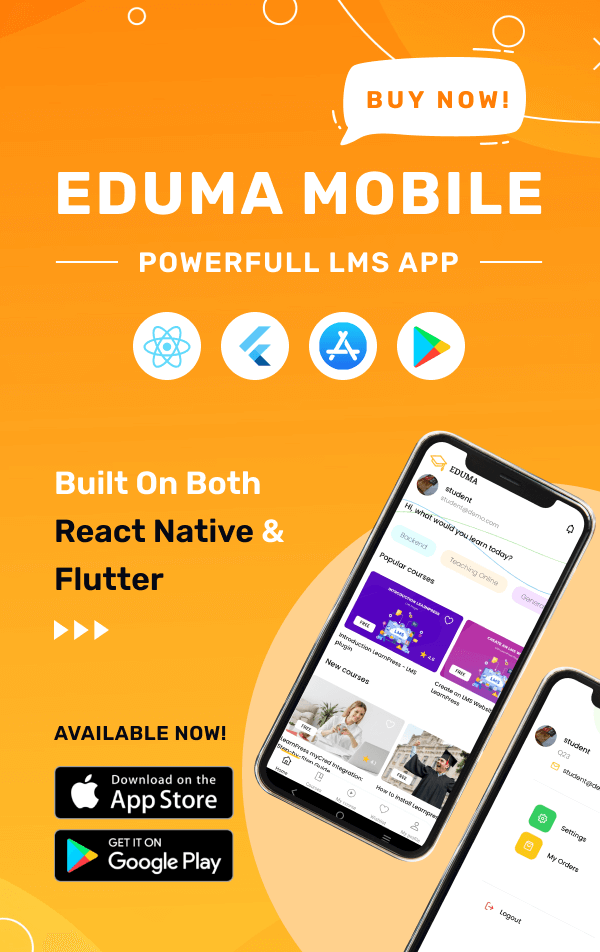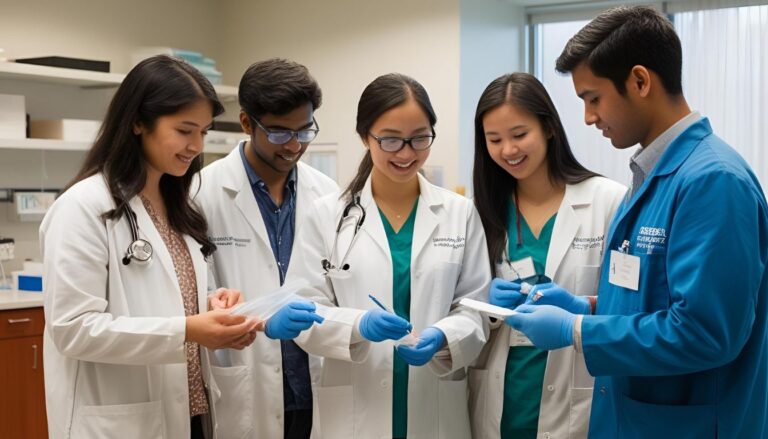Have you ever wondered why more students are choosing to study medicine in Bangladesh? With over 75 institutions offering medical education, this country has become a hotspot for aspiring doctors. But what makes it stand out?
Bangladesh provides a unique blend of affordability and quality. The cost of studying here ranges from $6,600 to $10,000 per year, making it one of the most budget-friendly options in the SAARC region. For Indian students, there’s even better news—25% of seats in top institutions are reserved for them.
Recognition is another key factor. Institutions here are approved by global bodies like the NMC and WHO, ensuring graduates can practice worldwide. Recent reforms have also streamlined the admission process, making it easier for students to apply.
Whether you’re looking for tuition-free opportunities through the SAARC quota or a structured 6-year MBBS program, Bangladesh offers it all. Let’s dive deeper into what makes this destination a top choice for medical education.
Introduction to Medical Education in Bangladesh
Bangladesh has emerged as a key destination for aspiring doctors. The country offers a structured and globally recognized path to becoming a healthcare professional. With 37 public and 67 private institutions, there are over 11,420 seats available annually. These programs are supervised by the Directorate General of Medical Education (DGME) and follow the curriculum set by the Bangladesh Medical and Dental Council (BMDC).
The growth of healthcare facilities here is noteworthy. From 3,976 public to 975 private centers, the infrastructure supports both education and practical training. Since 2022, the Directorate General of Health Services (DGHS) has administered a central admission test system, streamlining the process for applicants.
The MBBS program spans five years, followed by a one-year internship. This ensures students gain both theoretical knowledge and hands-on experience. Regulatory bodies like the BMDC, NMC, and WHO ensure the quality and global recognition of these programs. Additionally, 100% English-medium instruction makes it accessible for international students.
However, challenges exist. In 2024, private institutions faced a vacancy crisis, with 635 to 1,200 seats remaining unfilled. Post-graduate opportunities are also limited, with only 3,500 seats available for over 11,000 annual graduates. Despite these hurdles, the system continues to attract students worldwide.
| Aspect | Details |
|---|---|
| Total Institutions | 104 (37 public, 67 private) |
| Annual Seats | 11,420 |
| MBBS Duration | 5 years + 1-year internship |
| Language of Instruction | 100% English |
| Regulatory Bodies | BMDC, NMC, WHO |
Public vs Private Medical Colleges in Bangladesh: Key Differences
Understanding the differences in medical education options can help students make informed decisions. The choice between institutions often comes down to factors like affordability, teaching quality, and practical training opportunities. Let’s explore these aspects in detail.
Fee Structures and Affordability
One of the most significant factors for students is cost. Government-funded institutions are generally more affordable, with lower tuition fees. On the other hand, privately funded ones often charge higher fees but may offer modern facilities and specialized programs.
For example, the student-teacher ratio in government institutions is 5:1, ensuring more personalized attention. In contrast, private institutions have an 8:1 ratio, which can impact individual learning experiences.
Curriculum and Teaching Quality
The quality of teaching varies across institutions. Government-funded ones often have experienced faculty, though retention can be a challenge. Privately funded institutions sometimes employ foreign-trained faculty, bringing diverse perspectives to the classroom.
Practical training is another critical aspect. Government institutions typically handle over 100 daily OPD cases, providing ample patient exposure. However, a 2024 audit revealed that 50% of equipment in these institutions does not meet WHO standards, affecting hands-on learning.
In privately funded institutions, infrastructure gaps were identified in 23 colleges, impacting the overall learning environment. Despite these challenges, both types of institutions offer NMC-recognized degrees, ensuring global recognition.
| Aspect | Government Institutions | Privately Funded Institutions |
|---|---|---|
| Student-Teacher Ratio | 5:1 | 8:1 |
| Equipment Standards | 50% unusable | Meets WHO standards |
| Patient Exposure | 100+ daily OPD cases | Varies by institution |
| Infrastructure | Strong but aging | Modern but inconsistent |
Ultimately, the choice depends on individual priorities. Whether it’s affordability, teaching quality, or facilities, understanding these differences can guide students toward the right decision.
Admission Process for Indian Students
Navigating the admission process for Indian students can seem complex, but it’s straightforward with the right guidance. Universities here follow a structured approach to ensure a smooth experience for applicants. From eligibility checks to visa preparation, every step is designed to help students succeed.
Eligibility Criteria
To apply, students must meet specific requirements. A minimum of 50% in 10+2 with Physics, Chemistry, and Biology is mandatory. Additionally, a valid NEET exam score is compulsory for admission. Students must also be at least 17 years old by December 31st of the admission year.
Steps to Apply
The admission process involves six key steps. Applications typically open in January and close by October, with courses commencing in November. Once submitted, admission letters are issued within 10 days. Embassy coordination is crucial, with processing differences between Delhi and Kolkata.
After receiving the admission letter, students must prepare for the visa interview. A checklist includes academic documents, financial proof, and a medical checkup report. Post-admission, orientation programs help international students settle into their new environment.
| Step | Details |
|---|---|
| 1. Application Submission | January to October |
| 2. Admission Letter | Issued within 10 days |
| 3. Embassy Coordination | Delhi or Kolkata processing |
| 4. Visa Interview | Document preparation checklist |
| 5. Medical Checkup | Post-admission requirement |
| 6. Orientation Program | For international students |
Quality of Education and Recognition
The quality of education plays a pivotal role in shaping future healthcare professionals. Institutions here are globally recognized, ensuring graduates meet international standards. All top universities are approved by the WHO and NMC, making their degrees valid worldwide.
Graduates from these institutions have a 27-30% pass rate in the NMC screening test. This reflects the rigorous training and comprehensive curriculum they undergo. Comparative data shows that USMLE and PLAB pass rates are competitive with those from India.
Faculty qualifications are another strength. In public institutions, 75% of faculty members hold PhDs, compared to 60% in private ones. This ensures students receive high-quality instruction and mentorship.
Research opportunities are abundant, especially in hospitals attached to public universities. These facilities provide hands-on experience and exposure to real-world medical challenges. The 2023 WHO audit confirmed that the curriculum aligns with global standards, further enhancing the learning experience.
The alumni network is another advantage. Around 40% of graduates secure international placements, showcasing the global recognition of their degrees. This network also provides valuable career support and mentorship.
| Aspect | Details |
|---|---|
| NMC Pass Rate | 27-30% |
| USMLE/PLAB Pass Rate | Competitive with India |
| Faculty with PhDs (Public) | 75% |
| Faculty with PhDs (Private) | 60% |
| International Placements | 40% |
Cost of Living and Student Life
Balancing studies and personal life is essential for students pursuing higher education. Understanding the cost of living and available facilities can help create a comfortable and productive environment. Let’s explore what student life looks like in this region.
Accommodation and Facilities
On-campus hostels are available for both male and female students, offering a secure and convenient living space. These hostels provide Indian-style meals, ensuring cultural comfort for international students. Safety measures like CCTV cameras and 24/7 surveillance are in place to ensure a secure environment.
Libraries with resourceful books and 24/7 study halls are accessible, especially in private institutions. Sports facilities, including gyms, are available, though the quality may vary. Weekend excursions to places like Sundarbans or Cox’s Bazar offer a refreshing break from academic routines.
Extracurricular Activities and Social Life
Cultural clubs play a significant role in student life, organizing events like Durga Puja and Diwali. These celebrations help international students feel at home while embracing local traditions. While nightlife is limited, the focus remains on academic and cultural activities.
Safety protocols for female students are robust, ensuring a supportive environment. Social life revolves around campus activities, sports, and cultural events, providing a well-rounded experience. This balance between academics and extracurriculars helps students make the most of their time.
Internship and Career Opportunities
Internships are a crucial step for doctors to gain hands-on experience and prepare for their careers. In Bangladesh, students complete a 1-year internship in government or private hospitals. This period allows them to apply their knowledge in real-world settings and develop essential skills.
Starting salaries for fresh graduates typically range between ₹15,000 and ₹20,000. Top hospitals like Dhaka Medical College Hospital offer excellent training opportunities. These institutions provide exposure to diverse medical cases, enhancing the learning experience.
For those aiming for government roles, the BCS Health cadre exam is a key milestone. In 2023, 539 candidates were selected, reflecting the competitive nature of these positions. Fresh graduates must also navigate private practice regulations, which vary based on location and specialization.
Postgraduate pathways are another important consideration. Students often choose between FCPS and MD programs, each with its own entrance exam strategies. Additionally, German language courses are gaining popularity among those planning to migrate to the EU for their careers.
Internships not only build practical skills but also open doors to networking and mentorship. With 66.9% of interns preferring government services and 77.9% planning to practice locally, the focus remains on domestic opportunities. These experiences lay the foundation for a successful career in healthcare.
Challenges Faced by Medical Students in Bangladesh
Aspiring doctors often face unique obstacles during their educational journey. One major issue is the overcrowding during clinical rotations. With up to 10 students assigned to a single bed, hands-on learning becomes challenging. This limits the practical exposure students need to develop their skills.
Language barriers also pose a significant hurdle. While English is the medium of instruction, Bangla dominates outside the classroom. This can create communication gaps, especially during rural postings. Students often struggle to connect with patients and local staff.
Another pressing concern is the requirement to publish research papers. Many students find it difficult to balance academic demands with research commitments. This adds to the stress of an already rigorous curriculum.
Mental health support systems are often inadequate. The intense workload and high expectations can take a toll on students. Unfortunately, there are limited resources available to address these concerns effectively.
Recent protests over postgraduate trainee stipends highlight another challenge. With stipends as low as ₹30,000 per month, many trainees struggle to make ends meet. This financial strain adds to the overall pressure of their training period.
Additionally, the 2-year study gap limit creates a sense of urgency for students. Those who exceed this limit face difficulties in continuing their education. This adds to the stress of meeting academic and professional milestones on time.
Lastly, the 5:1 patient-doctor ratio in public hospitals underscores the need for more healthcare professionals. While this ratio highlights the demand for doctors, it also reflects the strain on existing facilities. Students often find themselves working in resource-constrained environments.
Advantages of Studying MBBS in Bangladesh
The benefits of pursuing an MBBS degree here are unmatched in many ways. For Indian students, the proximity advantage is a major draw. A short flight from Kolkata to Dhaka makes it easy to travel back home during breaks. This closeness also ensures a familiar cultural environment, making the transition smoother.
One of the standout features is the absence of donation or capitation fees. This makes the admission process transparent and affordable. Additionally, degrees from these institutions are directly recognized by the NMC, allowing graduates to practice in India without additional hurdles.
Students also benefit from credit transfer options to ASEAN universities. This flexibility opens doors to further studies or specialization abroad. Alumni mentorship programs provide guidance and networking opportunities, helping students navigate their careers effectively.
The COVID-era online learning infrastructure has been a game-changer. Institutions here have adopted advanced digital tools to ensure uninterrupted education. This has enhanced the learning experience, especially for international students.
Bilateral agreements with over 30 countries through the BMDC further enhance global opportunities. These agreements ensure that degrees are recognized worldwide, making it easier for graduates to pursue careers internationally.
| Advantage | Details |
|---|---|
| Proximity | Kolkata-Dhaka flight connectivity |
| No Donation | Transparent admission process |
| NMC Recognition | Direct registration for Indian students |
| Credit Transfer | Options to ASEAN universities |
| Alumni Programs | Mentorship and career guidance |
| Online Learning | Advanced digital infrastructure |
| Bilateral Agreements | Recognition in 30+ countries |
Conclusion
Choosing the right institution is a critical step for aspiring doctors. In 2024, there’s a noticeable shift towards institutions offering affordability and quality education. When compared to Eastern European options, the cost-benefit ratio here remains highly competitive.
Post-graduation visa extension policies are another advantage, allowing students to explore career opportunities locally. Emerging specializations, such as tropical medicine programs, are gaining traction, offering unique pathways for future doctors.
For Indian applicants, a final checklist includes ensuring NEET scores, medical fitness certificates, and passport copies are ready. With global recognition and a supportive environment, this destination continues to attract students worldwide.





